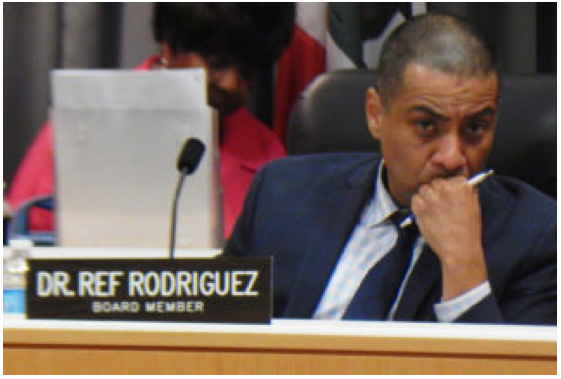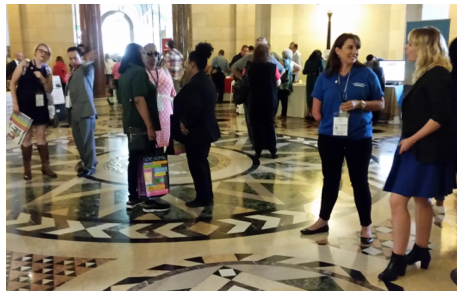LA Demolition Derby: The Westside is Winning the Race to Make Room for New Housing
DEEGAN ON LA-(Editor’s note: there is a link in this article for a pop-up poll asking you to interact with this article and express your opinion. Please take a moment and join the poll after reading.) There may be some debate about new housing coming onto the market. Some say it’s not as “affordable” as they want it to be; others are disturbed that it’s compacted into higher density than we’re used to; still others -- depending on personal preferences – find some of it tasteless. But, there’s no question about this: much of it is being built as a result of tearing down the old to make way for the new.





































